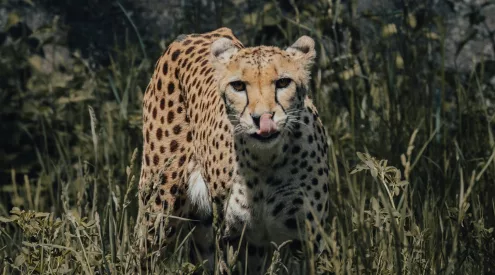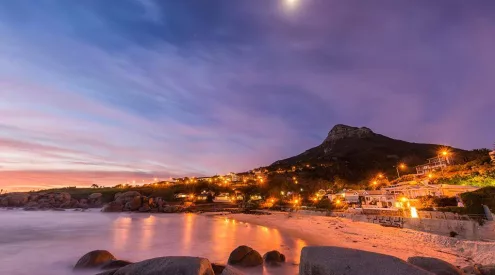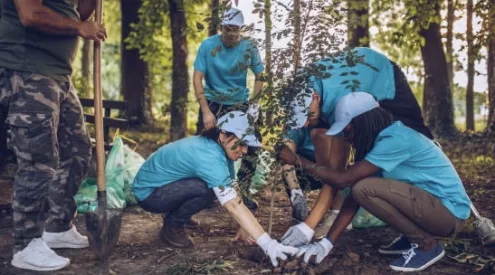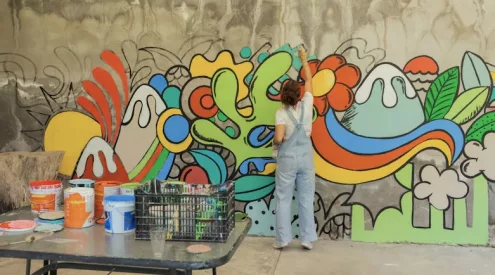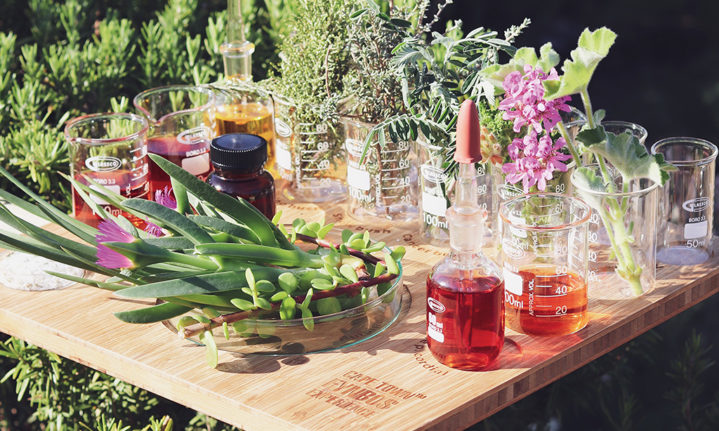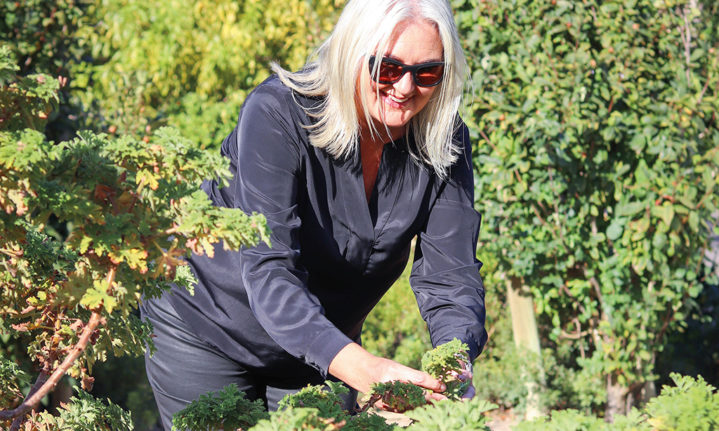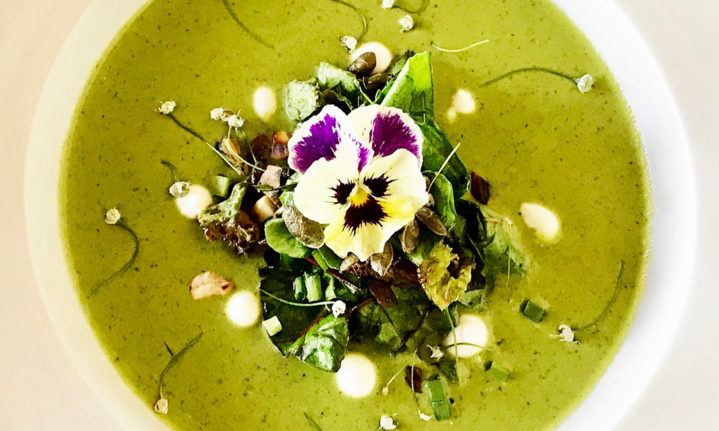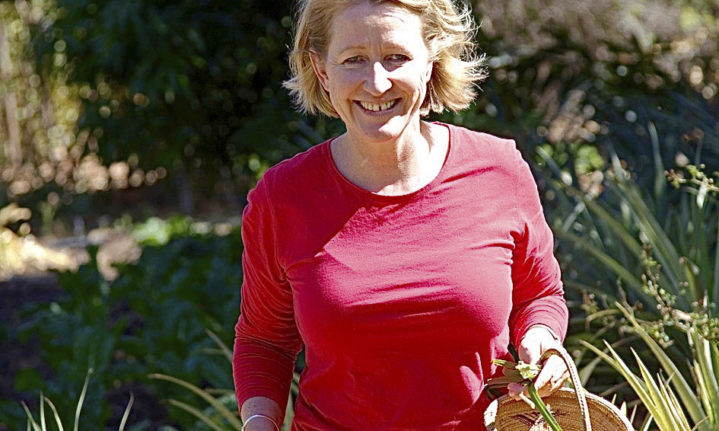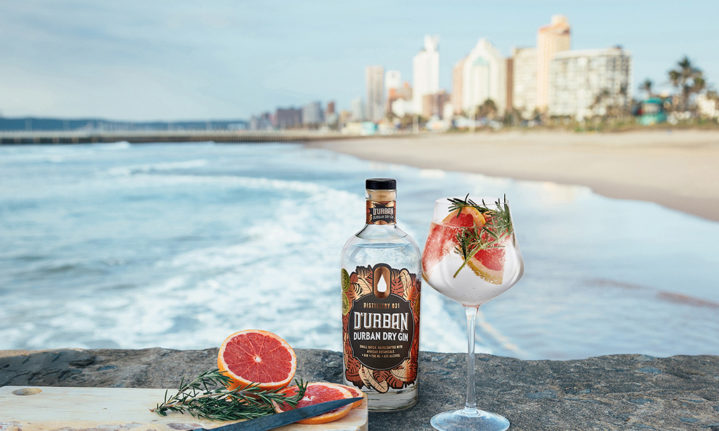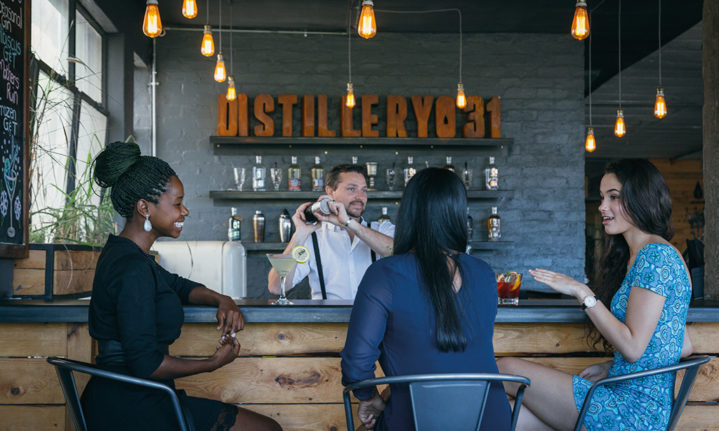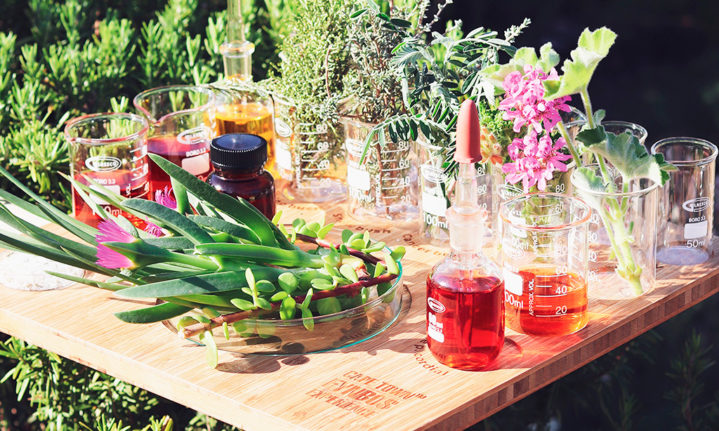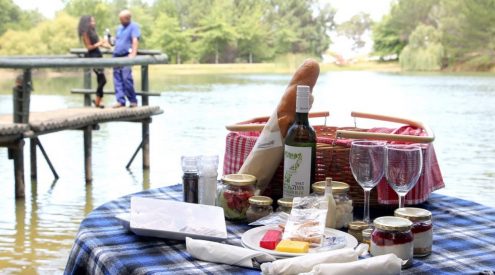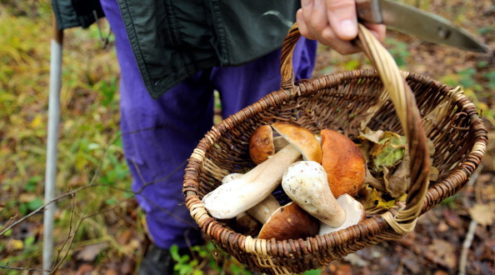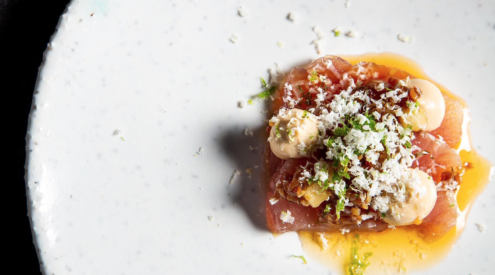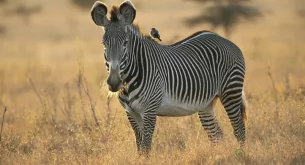Botanical infusions and edible flowers are reviving the modern taste experience. Jared Ruttenberg explores three uniquely South African ways to awaken your palate.

The edible indigenous botanicals, vinaigrettes, and salts that feature on the Cape Town Fynbos Experience tasting tray.
Cape Town Fynbos Experience
Since the Cape Floristic Kingdom is the most diverse flowering region in the world, our tour of three South African botanical experiences rightfully starts at the foothills of Table Mountain. Thanks to the fynbos, the region in which it grows has been designated a Unesco World Heritage Site since 2004. Covering only 0.5% of the area of Africa, it is home to nearly 20% of the continent’s flora.
Giselle Courtney is the effusive champion behind the Cape Town Fynbos Experience and beams as she greets us. She’s clearly excited to share these uniquely South African tastes. Having spent the greater part of her childhood on the slopes of Table Mountain, and her student years working as a tour guide in Cape Town, her love for the local flora hasn’t stopped growing.
The Fynbos Tasting is a two-hour immersion in the Cape Floristic Region where Giselle intertwines the flow of botanical and traditional information with tactile and tasty encounters. It’s a sophisticated, detailed, and highly engaging sensorial experience. The Korean and American guests who joined me on a bright Saturday morning were as enthralled as I was, all eager to taste our way through this revered biome.

Fynbos guru Giselle Courtney at home in the Company’s Garden, Cape Town
‘I love watching the reaction of guests to the multiple fynbos scents and floral displays,’ said Giselle. ‘This usually results in a flurry of social media posts and sighs of delight. Tasting turns to fascination in this immersion into the fynbos world.
”Her aim is not just to educate, she also inspires visitors to reintroduce the flavours of our natural heritage into our daily life through tea infusions, culinary salts, cordials, vinaigrettes and digestives. Guests leave the experience with samples of the products and I’m still enjoying blending my own herbal teas from the range weeks later.
The experience is traditionally hosted in the former Garden Director’s home in the Company’s Garden and is ideal as a corporate team builder, tourist, or local leisure activity. A select Fynbos Tasting Menu is now also available at a few restaurants. ‘My intention is to craft experiences that honour both the significant status of our fynbos, and match Cape Town’s reputation for creativity and innovation,’ Giselle remarked proudly.
Find details of the fynbos tastings online, and where to purchase some of the unique fynbos-infused products. southafricanfynbos.com
Bush Gourmet and Foraging
Above Victoria Falls
Zambia’s Annabel Hughes Aston – or Savannabel as she’s nicknamed on her blog – has piqued interest in food circles for her ‘bush gourmet’ cuisine.
She’s passionate about fresh seasonal ingredients and forages for the wild edibles and indigenous foods that grace her dishes. Flavours that, for the most part, are seldom tasted outside Africa. This style of cuisine is a vast departure from the classical cooking styles impressed upon her in her culinary training in the United Kingdom.
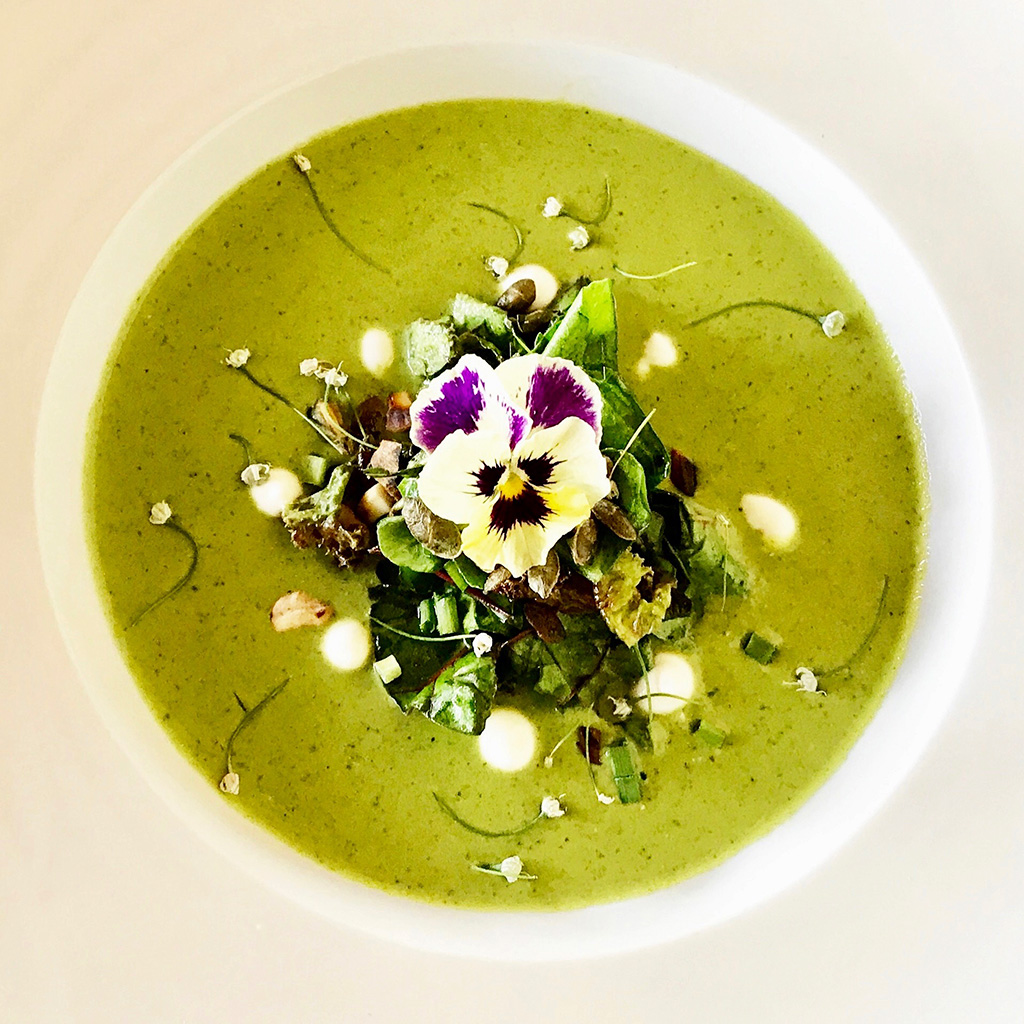
Decorative botanicals and edible flowers play a central role in Annabel’s cuisine.
‘It was the concept of “sufficiency” that led me to foraging and including wild edibles in my dishes,’ says Annabel. ‘Sufficiency is an act of generating, distinguishing, making known to ourselves the power and presence of our existing resources. Flavour-wise, wild food is inimitable and interesting.’
Annabel takes ample advantage of her tropical climate where so much grows. The flora she searches out are an equal treat to the fauna – sharing harvesting with elephants is not your usual gardener’s tale.
Edible flowers and botanicals play an integral part in Annabel’s bush gourmet cuisine. She says ‘they not only add colour and texture to a dish, they add flavour and scent. They can transform the plating of both sweet and savoury dishes; they flavour hot and cold drinks; they jazz up ice cubes. Edible flowers also add a distinctive je ne sais quoi to vinegars, dressings, baked goods, and preserves.’
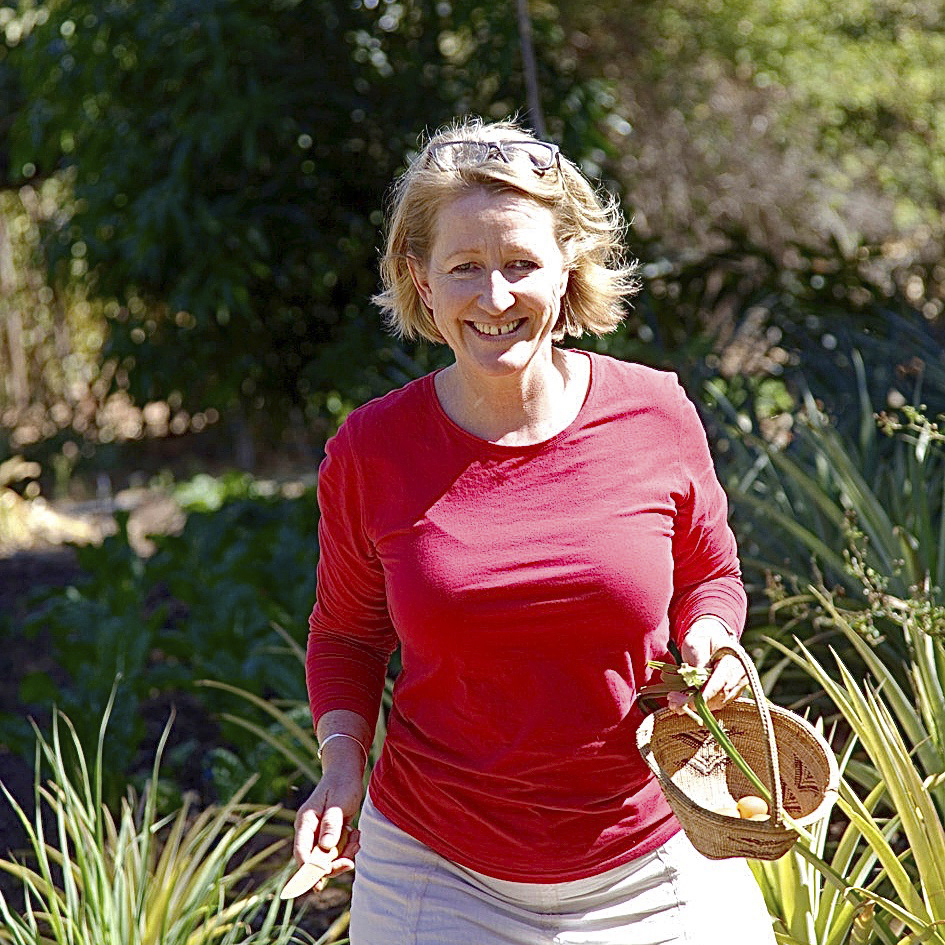
Annabel Hughes Aston in her element foraging for the table.
Apparently, it’s not only the plate and palate that benefit. ‘They are also essential in any organic kitchen garden as companion plants, particularly hardy self-seeders like borage, nasturtium, fennel, and coriander which attract pollinators and predator insects.’
If a trip to Zambia is not yet on the cards to witness Annabel’s cuisine in person, head to her website for other food inspiration, and enjoy several recipes on her blog. annabelhughesaston.com
Distillery 031
Durban
On KwaZulu-Natal’s sunshine coast, Andrew Rall offers a range of botanically inspired spirits at his Distillery 031. More than just a distiller, Andrew is a gatekeeper for his city. He frequently laces the word Durbanism into our conversation; a term he uses to describe a ‘truly African city with an incredible combination of different cultures.’
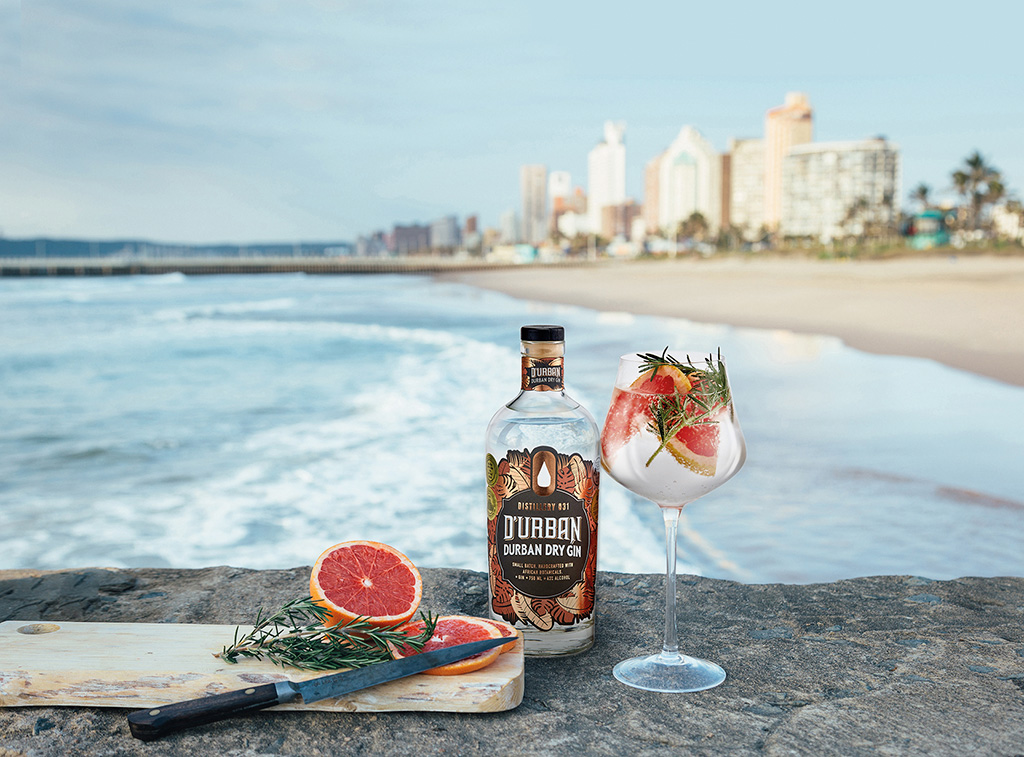
Distillery 031’s Durban Dry Gin infused with African rosehip and nine other botanicals.
It’s a celebration of these cultures that leads to his varied spirits such as Ancestors Absinthe that originated in Switzerland as an elixir, but is now made here with a unique heritage twist; Agua Zulu, Africa’s first Cachaça made from the local cane, and then D’Urban Scarlet Gin – the world’s first gin made with cascara (coffee cherries).
Andrew explains his process of botanical alchemy: ‘Since there is a rich local tradition of using plants for healing, I was able to engage with traditional healers and visit muthi markets to find interesting botanicals. Once I had collected a nice pallet of botanical extracts, I could begin combining them to create a balanced flavour. I guess you could compare it to an artist using different colour paints to translate something from their imagination onto canvas.’
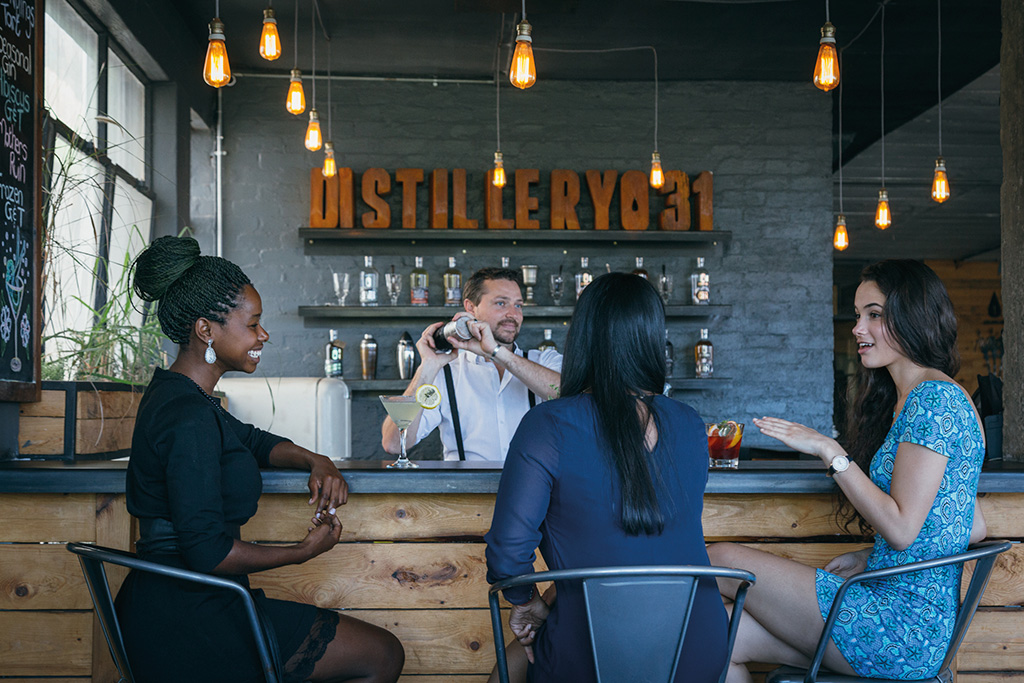
Get to know the botanicals and the stories behind all the drinks during guided experiences.
Distillery 031 offers tours and tastings, and you can order your tipple of choice online to add some Durbanism to your drink collection. distillery031.com
Flowery Facts
Adding flowers to your salad means you’re part of a tradition stretching back over 2 150 years. The Ancient Romans used calendula in their salads and feasted on meals containing violets and roses.
Khoisan population distribution was largely dictated by the availability of watsonia which is common in fynbos and prolific after a fire. It is believed that watsonia corms (a kind of bulb wrapped in a fibrous husk) were a reliable source of food for hundreds of thousands of years. Called an uintjie in Afrikaans – a little onion – they have a nutty taste after being boiled or roasted.

Dune spinach, also part of the fynbos kingdom and indigenous to the coastline of South Africa, is a greatly under-utilised wild vegetable that is being used in pilot projects for possible cultivation and nutrition for marginal communities.
Sources: Fleurs Gourmands; The Fynbos Guy; Sustainability Institute.
Photography | Jared Ruttenberg, Annabel Hughes Aston, Istockphoto, supplied

